In recent years, blockchain technology and digital art have collided, creating new digital asset ownership and distribution through Non-Fungible Tokens (NFTs). As NFTs gained mainstream attention, they have transformed the art world by enabling artists to monetize their creations like never before.
Yet, NFT evolution doesn’t stop there. Here’s when the Decentralized Autonomous Organizations (DAOs) enter the scene, aiming to revolutionize the NFT space further, including how the community engages and manages their digital assets.
A DAO NFT combines decentralized governance structures and digital art, allowing unprecedented collaboration and decision-making among stakeholders.
This innovative approach empowers the community to have a direct say in the ownership, management, and development of their NFT assets, which range from digital artwork to virtual real estate.
NFT enthusiasts can now participate in a more democratic and transparent ecosystem, opening up new avenues for growth and value creation in the digital art world.
This article will explore the concept of DAO, its role in reshaping the crypto landscape, and the potential opportunities they present for artists, collectors, and investors alike.
This article is a segment of a more extensive piece about NFT basics.
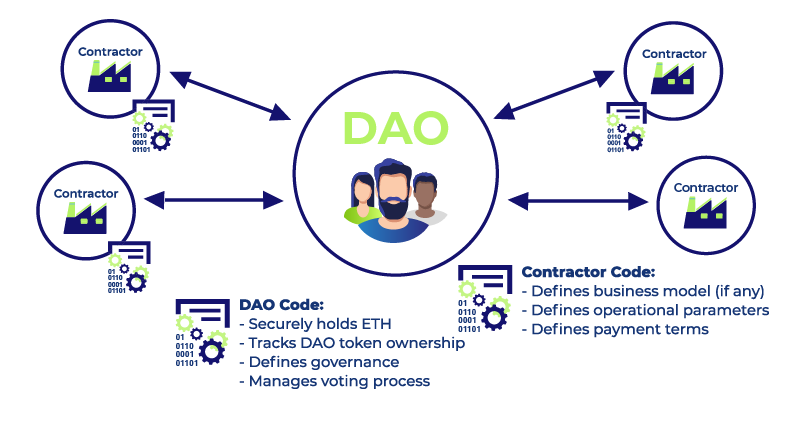
What Are Decentralized Autonomous Organizations?
A DAO or Decentralized Autonomous Organization is regulated by rules established in a smart contract. They run in the blockchain ecosystem and are presented with multiple purposes, from supporting an NFT project to gathering NFT holders in a single place.
You can understand a DAO as a group of like-minded people who collaborate in the same organization. They share values, investment opportunities and prepare a safe environment for all NFT adepts.
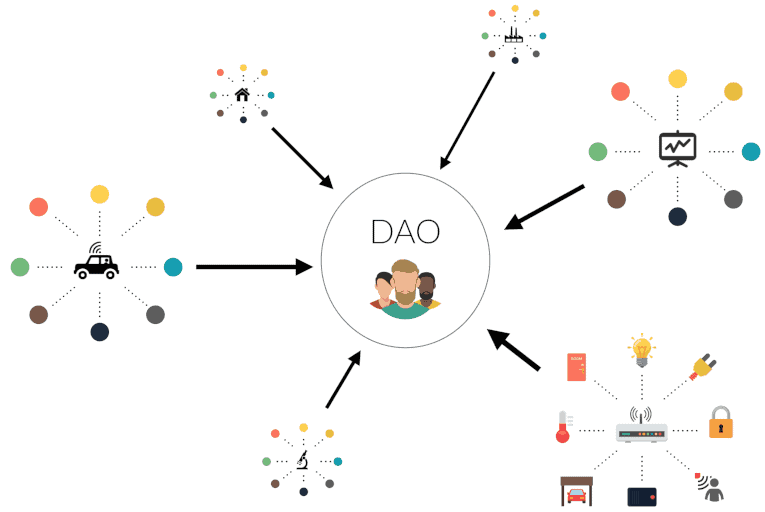
How Does a Decentralized Autonomous Organization Work?
The DAO follows pre-established rules and regulations that are written in smart contracts. They are automatically executed to ensure the security and transparency of the organization.
Rules are verifiable and public. Hence, all DAO members can access them and review the contract, including all the financial transactions made in the DAO.
As it’s completely transparent, all new proposals or developments in the DAO must be approved through voting mechanisms.
But how can a person have a right to vote in a DAO?
You need DAO tokens, A.K.A governance tokens relevant to the DAO per se. When you have these, you will be part of the community and have responsibilities.
Some of them are:
- Influence in the decisions made in the organization.
- Make inquiries about token supply and tokenomics current situation.
- Try to maintain the utility of the native token.
- Vote during all – or most – the proposals.
- Evaluate the DAO’s future.
Since every vote counts, you must be present during all new development voting processes to ensure they comply with the DAO’s purpose.
The DAO funds its operations and the governance token by selling tokens and coins to Token holders.
This is like being part of a company’s shareholders. That’s why you have decision-making power over all proposals.
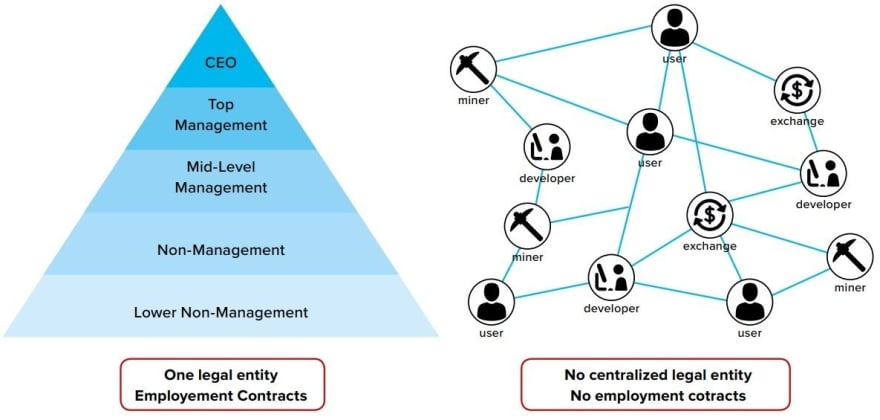
Benefits of Hosting a DAO
DAOs don’t only benefit from having smart contracts aligned with their rules. They have a set of advantages for all crypto enthusiasts that are looking to belong to one.
Decentralized Governance
The DAO “decentralized organizations” feature allows members to shape it as they see fit. Holders can collectively decide its model and future or current benefits.
Its nature of relying on its members for governance gives them an edge that no other organization could have.
Each holder can suggest changes and governance proposals that result in token appreciation, for example, products, services and more.
It doesn’t matter who invests more in the community; all votes and voices count. That’s why community governance through blockchain technology helps NFT creators and tokens to be stable, giving members benefits.

Raise Funds
Community members can use DAOs to raise funds or get funded through the community treasury.
This helps the DAO model become a trusted way to integrate more members into the NFT ecosystem while creating digital assets that bring value to the group.
Below there’s is an example of how Ribon develops its funding system:

Transparency
Transparency is a primary aspect of blockchain technology and Decentralized Organizations (DAOs). As their rules are attached to smart contracts, they are secure and immutable.
Smart contracts have unique coding rules that can only be changed when members vote for that.
This sort of security is way better than the one that a traditional organization could have, as it eliminates human flaws. Members can’t manage funds without others knowing or arbitrarily choose a proposal that benefits them instead of the DAO.
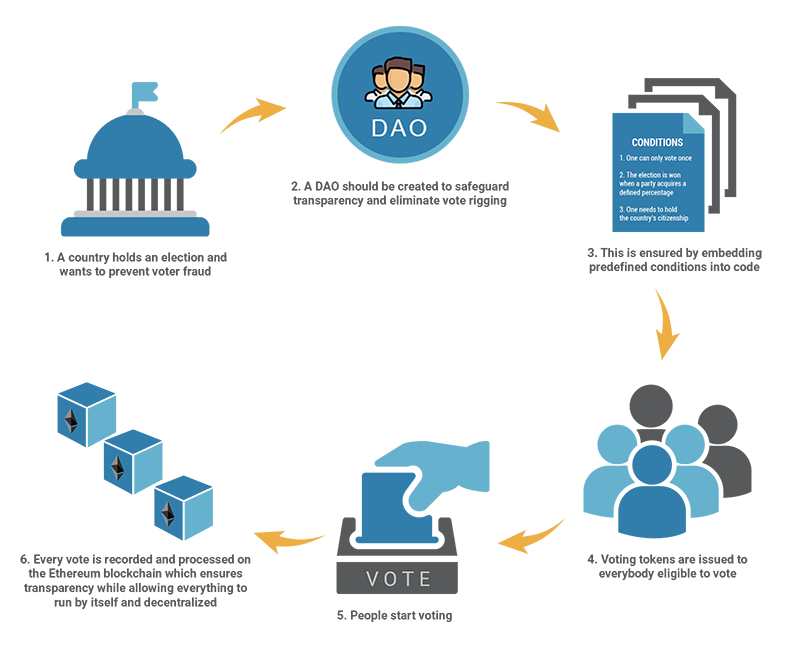
Global Communities
A true DAO welcomes people from all over the world. After all, due to its decentralized nature, it’s a beneficial tool without a central authority that people can access.
They don’t follow traditional corporate models, such as a hierarchical structure. Instead, the group of people in the DAO are open as long as you comply with their requirements to join.
Overall, this collective ownership structure provides more opportunities for and benefits than drawbacks.
Types of DAOs
But how to know which organization you should belong to?
Here we’ve gathered the types of DAOs in the crypto environment.
Social DAO
The social DAO is a common networking center where you get involved with people interested in crypto or NFT space. There are discussions about art, culture and the current crypto market situation.
It’s not focused on making investments but on getting to know and finding opportunities.
A great example is the FWB (Friends With Benefits) DAO. They even have a utility native token called FWB.

Investment DAO
Investment DAOs have a single objective, funding DeFi operations. They follow the same DAO rules as any other organization, but with a single difference, they have a decentralized finance methodology.
For example, an investment DAO has the potential to help emerging NFT creators foster a community and bring even more investors.
Members vote on proposals that are usually investment decisions and finally decide which projects to invest in.
As blockchain technologies arise, there’s no limit on what kind of operations they could get involved in.
An example would be Constitution DAO.

Collector DAO
This DAO is similar to the previous one. It’s focused on collecting digital art from the NFT world and other crypto collectibles. These DAOs operate with a fractional purchase method that allows members to get their assets and pay them in installments.
The founding team makes a pool with the rest of the group, purchasing artwork that all decide. People must use their voting rights to select the ones that fit the most according to the DAO’s principles.
Some collector DAOs examples are Flamingo and Constitution DAO.

Grant DAO
The Grant DAO communities are based on collecting funds and using them according to what the community members want.
Like the investments DAO, their main purpose is to send coins to the DAO treasury and then invest in DeFi in a sort of venture capital organization.
In this case, a core team is necessary to create the DAO’s rules and safely store the funds.
Some examples are Moloch DAO and Aave Protocol.
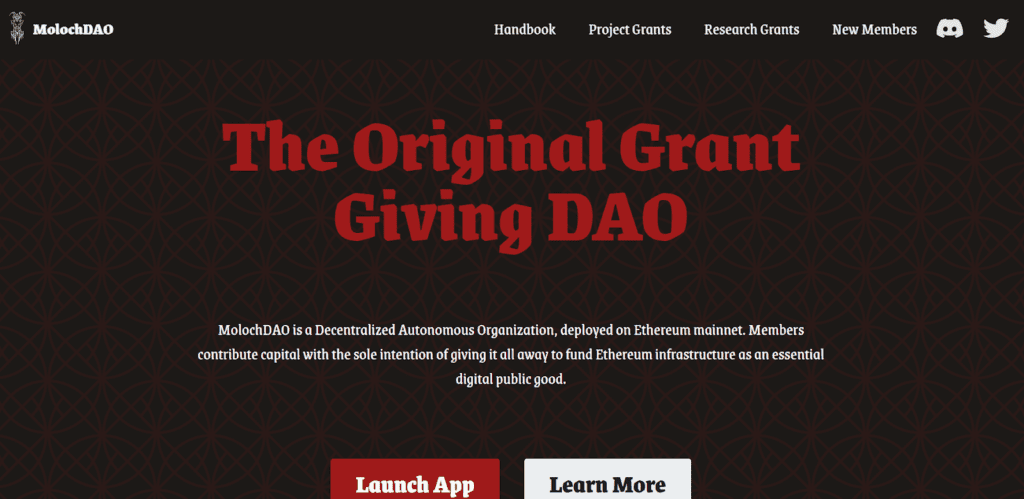
Protocol DAO
The protocol DAO is an open door for those who want to enter the DeFi (Decentralized Finance) environment.
These DAO use specific smart contract protocols that allow members to use financial services in multiple networks – like the Ethereum blockchain. They’d gain access to tokens to get voting power and decide the DAO’s financial applications. The governance mechanism here is essential to keep a transparent organization.
Some examples include MakerDAO, Uniswap or Sushiswap.
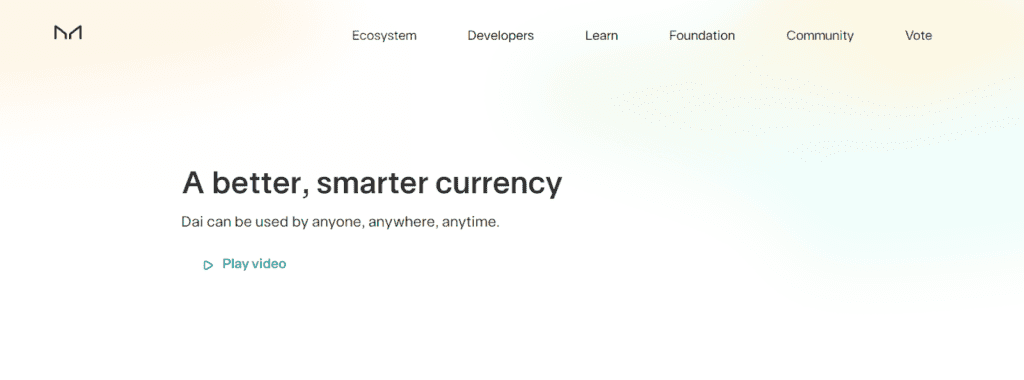
Entertainment DAO
DAOs are decentralized communities for crypto enthusiasts. But they are also where NFT owners and creators gather to establish a future direction for their work.
You could find members of an Ethereum community sharing values and selecting smaller projects.
Some examples are Fluf World and BYAC.

DAO Examples
After learning about the multiple organizations available, here are some examples.
These successful DAOs are still running and have a thriving community in the NFT and crypto world.
YGG DAO
YGG DAO appeared when Axie Infinity was booming, and its total market cap reached over 600 million dollars. Here’s when multiple people gathered and chose to create a community to help others find blockchain games and profit from them.
Yield Guild Games then created a YGG token for members to become stakeholders and participate in discussions/proposals. Right now, this community has become one of the biggest NFT DAO focused on gaming and utility.
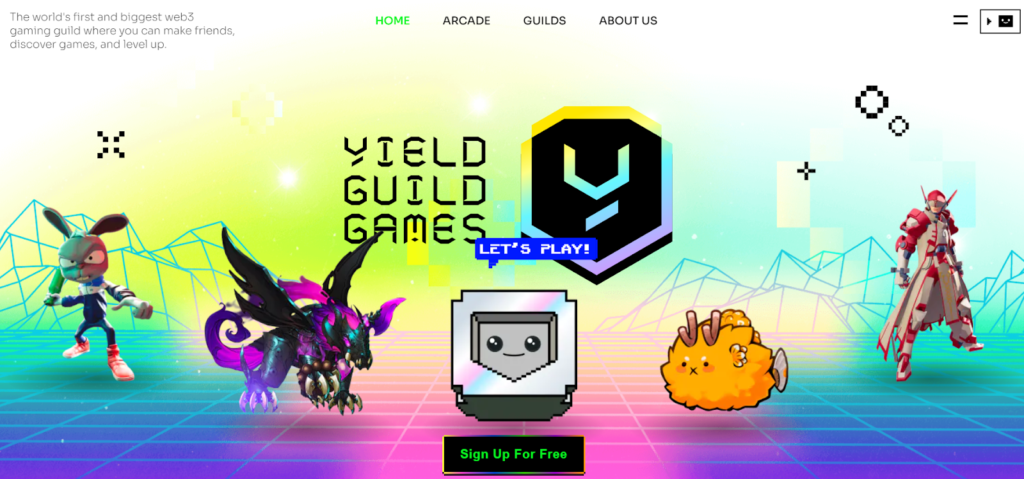
Shark DAO
Sharks evolved into a community of strangers with the potential ability to acquire NFTs, especially rare ones.
The community is centered on getting artwork from Nouns DAO and sharing the benefits with all participants. Since Nouns have price appreciation due to scarcity, it’s been a good business model.
Members use the SHARK token to invest in ETH and fund the community. This will help them participate in the Noun acquisition process.

Ape DAO
The Ape DAO started as a secondary market for the Bored Apes collector Kylo.eth.
What they did was fractionate 49 BAYC and CryptoPunk NFTS into 1,00,000 tokens. Then, they released the DAO back in June 2021. Members could own parts of these NFTs and profit from them.
The DAO also accepts donations, where people have shared artworks from CyberKongz, Avastar, etc.

DAO And NFT, How Are They Connected?
A DAO and an NFT are connected because they are established in the Blockchain. They are both made to solve problems of crypto users. For example, a decentralized organization serves as a place to gather crypto enthusiasts, while NFTs are pieces of unique art with utility and value.
However, both can work together and create an even better way to develop or purchase NFTs while being governed within a whole legal framework that benefits them all.
That’s when a DAO NFT comes into play.
They are designed to bring NFTs to their members through a common fund. Digital assets are expensive and require a significant amount of money that not everyone can afford. So, an NFT DAO – AKA Collector DAO – allows you to get a part of popular NFTs for a portion of the price.
This way, members get a fraction of the same assets and benefit from them.
But that’s not the only thing DAOs NFT works for. Here’s how the entire NFT and crypto market benefits:
- NFT DAOs boost community creation.
- It helps create a relationship between like-minded people.
- Increases social networking.
- Increases small projects’ trustability.
- Raises funds for engaging communities.
- Respects each member’s voting right and voice.
Note: NFTs are a hot topic in social media platforms, so sharing your DAO information in Tweets could help gather members.
DAO for Emerging NFT Projects
Combining Non-Fungible Tokens and Decentralized Autonomous Organizations is revolutionizing the digital art and collectibles landscape.
DAO NFTs foster creativity, collaboration, and decentralization, providing a more inclusive and democratic ecosystem for artists, collectors, and enthusiasts alike.
They will continue to reshape the future of digital art, inspiring innovative projects and drawing more people into this decentralized movement. That’s why it’s essential to understand their usage in NFT projects while also ensuring community governance for a more transparent and sustainable crypto world.